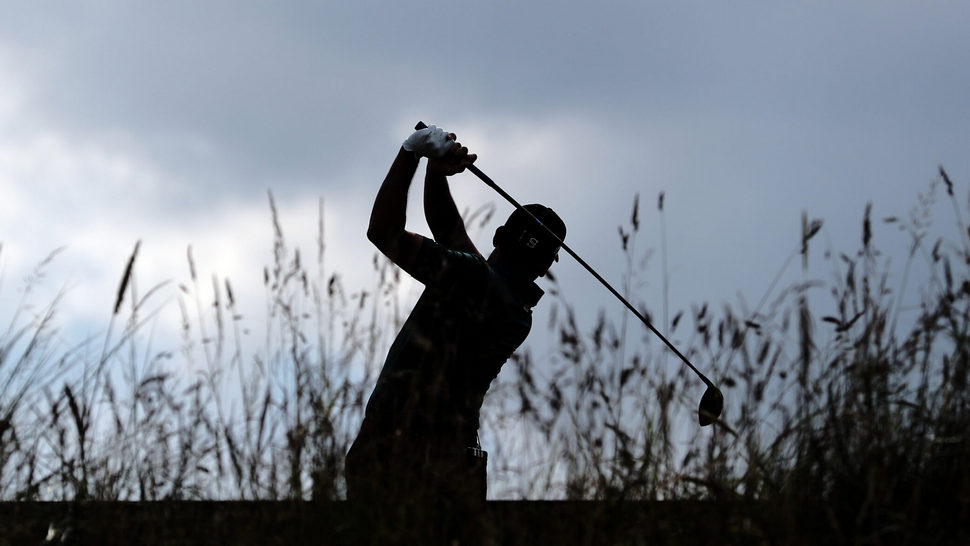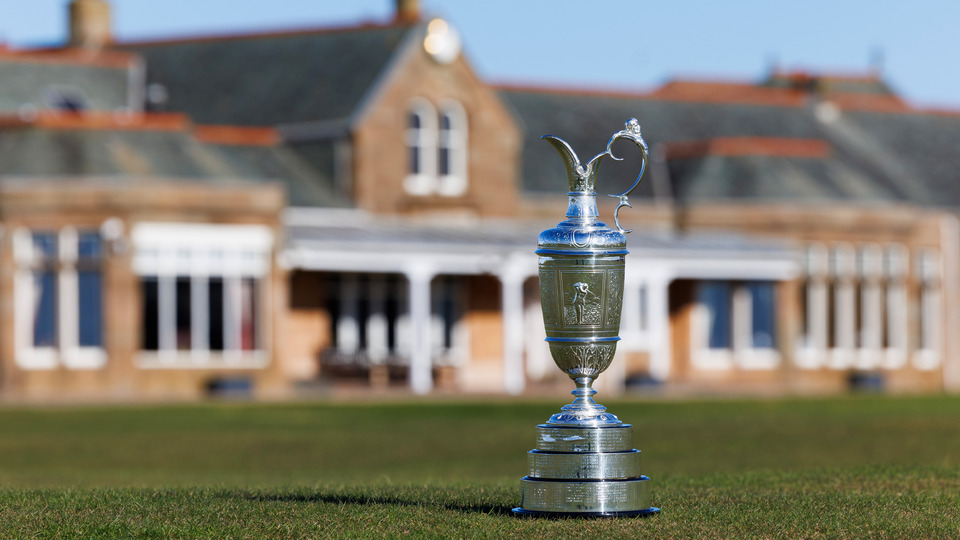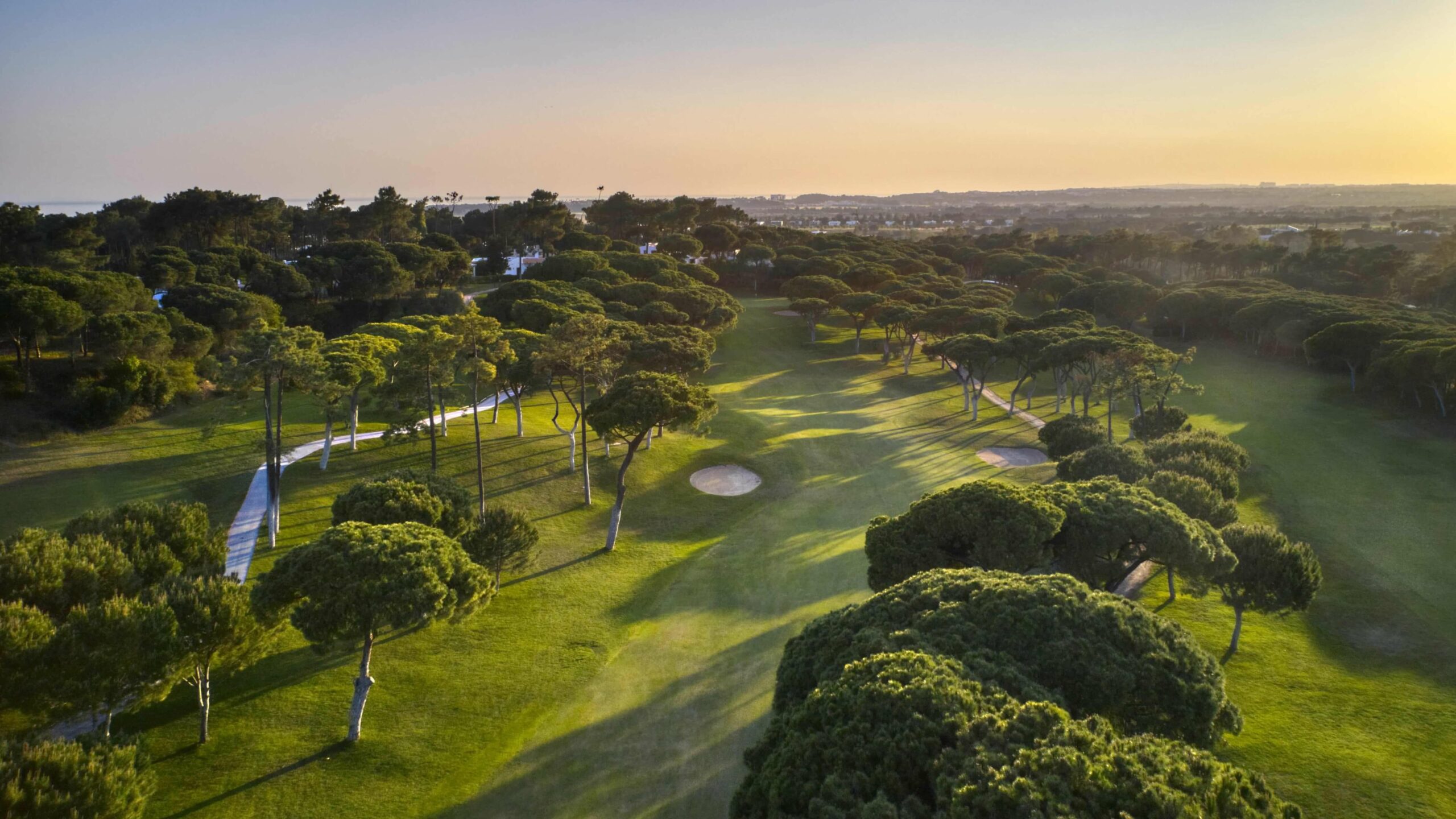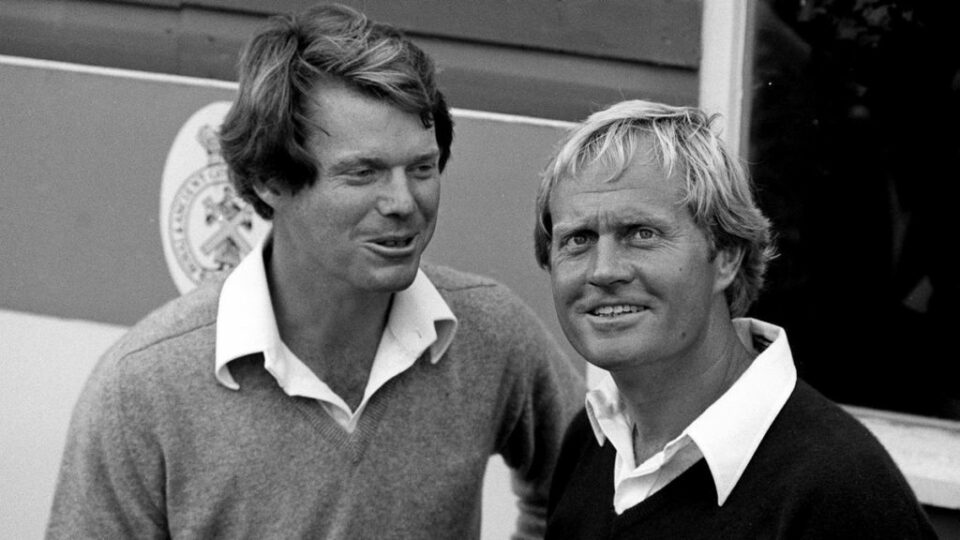Part 1
For viewers who will be watching the matches -- what holes should prove pivotal for players on both teams?
DS: The holes below will be crucial. Having played the course last week, it is clear that they are going to have to drive the ball well.
I really like the way the 2nd sets up from the tee, with its wide fairway and large central bunker sitting on the diagonal, but this hole comes too early in the round for it to be a ‘key’ hole.
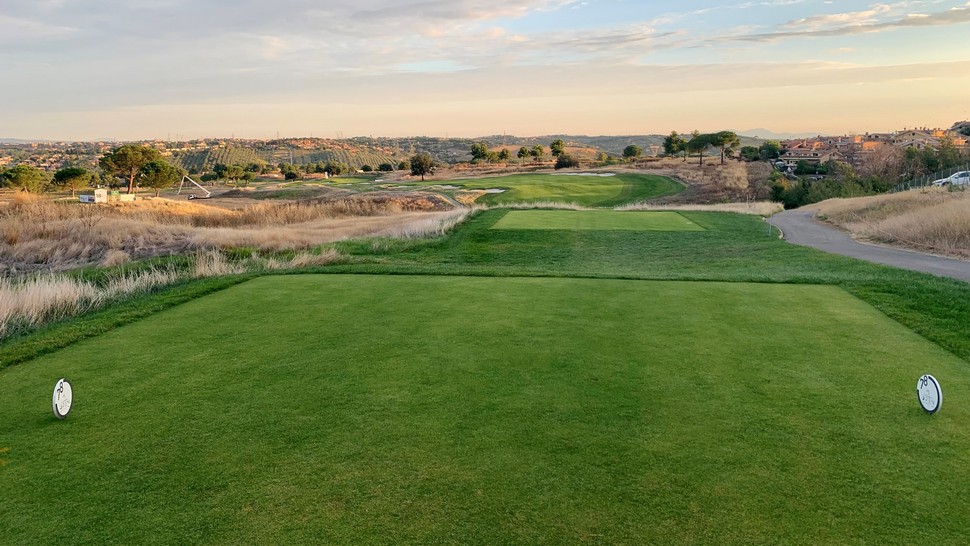
I really enjoy the mix of holes on the back nine, so the first key hole would have to be the short par 5 12th.
It comes right in the middle of the easiest stretch of holes, where it is preceded by the uphill drivable par 4 11th and is followed by the shortest hole on the course, the 145-yard par-3 13th.
The tee occupies the highest point on the course, and ignoring the views back over to Rome, the tee shot itself offers a wonderful view across a valley to a fairway which climbs up and to the left on the other side. Three bunkers are set diagonally into the slope, and it’s a matter of which bunker the player wants to take on – the further left, the shorter the second shot.
However, the right side of the fairway is protected by a large bunker sitting on the horizon -- for any ‘blocked’ tee shot -- and any drive which runs through the fairway could be blocked out by a large tree. The tee shot asks for a draw shape to make the most of the natural contours.
Depending on how much of the corner the player manages to cut off will determine how long the downhill second shot will be – but I wouldn’t be surprised to see players hitting 8 or 9 irons in if they hit the ‘perfect’ tee shot. The more cautious tee shot will leave the player with a long iron to an undulating green protected with bunkers at the front on to the left side of the green. A real risk-reward par 5 where players will be dealing in birdies and possibly eagles.
The next two key holes would have to be 15 and 16. They come at arguably the most crucial part of Ryder Cup matches, where many of them are either won or lost. Both are par 4s, yet entirely different from one another.

The back nine at Marco Simone presents more scoring opportunities than the front, however right in the middle of this nine sits the two hardest holes on the course, the 495 yards right to left dogleg par 4 14th and the left to right uphill 15th.
Along with the tee shots on 2 and 12, the downhill tee shot on 15, with the old Casalli farm buildings in the background, is one of my other favorites. Unlike the tee shot on 12, this one favors a fade, to probably the narrowest landing area on the course. The fairway sweeps diagonally from left to right and the inside of the dogleg is protected by a pair of bunkers. A good drive will leave an uphill second shot with anything from a 6 to an 8 iron to the raised green site enclosed with amphitheatric mounding all around the back and sides.
Three deep bunkers, staggered on a left to right diagonal protect the front right side of the largest green on the course. A great hole for the spectator, but a tough hole for the players, where par is a great score.
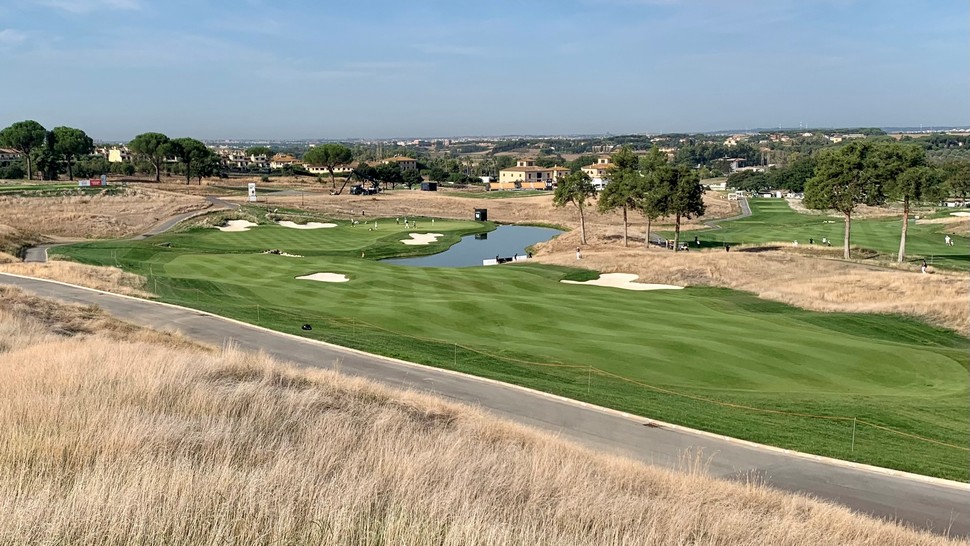
Following on from the two hardest holes on the back nine, the downhill driveable par 4 16th is a true risk-reward hole with multiple options off the tee depending on pin position.
Like the tee shot on 12, and on one of the other high vantage points, this tee location offers the best views of Rome from the course. Playing to the green from an elevated tee that drops 30 yards below and is protected by water on the right side with bunkers front and left presents an engaging match play decision.
Layup short of the central fairway bunker leaving wither a 9iron or wedge. Take on the central bunker but leave the tee shot short of the stream which crosses the fairway perpendicularly at 285 yards, leaving a short 80-85 yards in, or --
Try and thread the ball onto the green through the front left opening. Depending on the setup, both 11 and 16 could be driveable. Hole 11 plays uphill requiring a draw shot to access the green, while 16, playing downhill favors the fade.
Natural embanking and multiple hospitality units will frame all sides on this most pivotal of holes, where anything from eagles to double-bogeys is possible.
Has Luke Donald, captain for team Europe, had any interactions with either of you regarding the design of the course?
DS: By the time Luke was announced as captain, the course had already been designed and built. However, we have walked the course a couple of times together, and, along with his vice-captains, there have been a couple of minor tweaks made to fairway alignments and one or two bunkers over the past year or so.
If you could select a USA and European site that has never hosted the Ryder Cup matches -- which, would you select for each?
JS: It would be great to see the matches played on some of the classic links courses but, with the volume of infrastructure required, outside of those on the Open Championship rota, it is difficult to see how any existing courses could successfully host the matches, given the size this event has become.
Equally, some of the great heathland courses in England would be great from the perspective of the challenge to players, but the challenge of staging the event would prevent that from happening.
DS: Interesting question - it would be amazing to see a Ryder Cup on some of the great courses, but infrastructure requirements for things like hospitality tents, roads and 1st tee grandstands are just so enormous now that it's very unlikely -- and that's just within the venue.
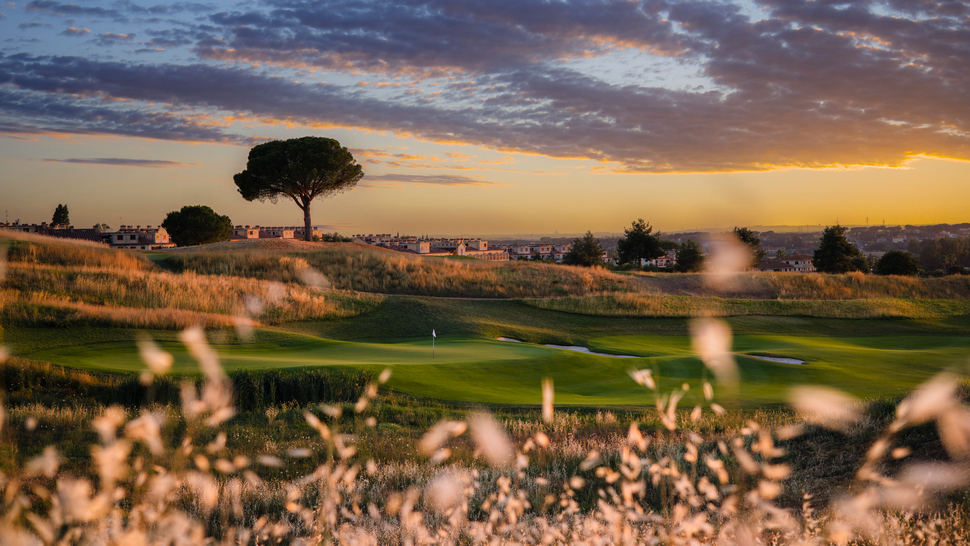
What architect(s) -- whether alive or dead -- serves as an inspiration for the work you're attempting with each design and why?
DS: I think this depends on the site. Different architects and their styles will suit different sites, and not every style of course can suit every site. But I do think that by following Dr Alister Mackenzie's design principles you can't go too far wrong.
One of the comments made by U.S. captain, Zach Johnson, was that Marco Simone will test every shot in the players book and that was definitely pleasing to read.
Dealing with stronger and more athletic golfers is certainly a front and center concern. What design elements do you attempt to include with your architectural efforts?
DS: Ball distance is definitely a hot topic these days for sure!
But in general, hazards, whether it's bunkers, humps, hollows, water, fairway lines etc., are generally placed to challenge those players who hit the ball longer and Marco Simone is definitely a case in point, but I do like to offer them the temptation to take these on.
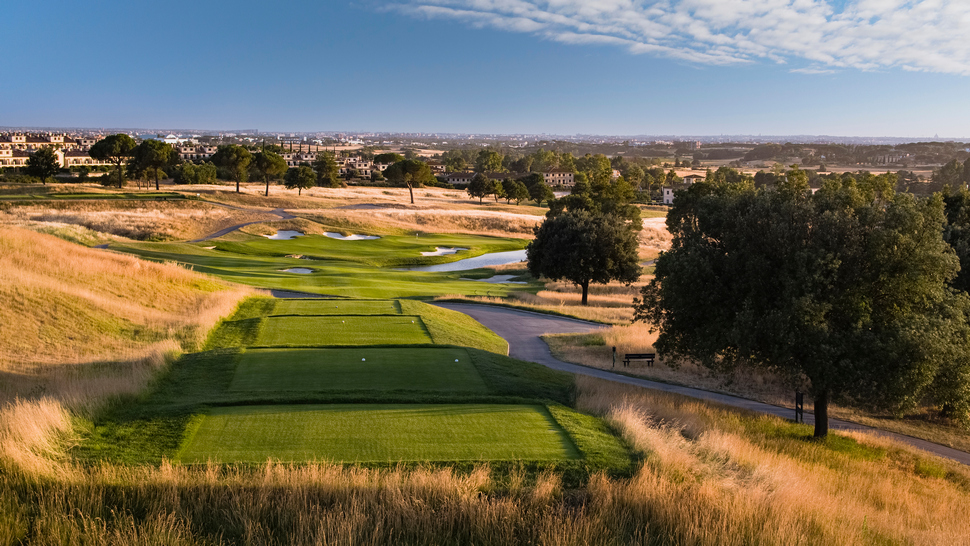
Is it fair to say only wind and firmness of the ground can truly keep elite players in check?
DS: No, I don't think so.
Marco Simone has hosted three Italian Opens now and has been played at different times of the year, but for a course only measuring 7250 yards, the course has definitely stood up well in terms of providing a challenge with the winning scores being only -12 or -13.
The challenge at Marco Simone lies in the undulating terrain, the elevation changes and some interesting and varied green complexes. I also feel that it tests all aspects of a player's game.
Green speeds are a constant item of discussion at Ryder Cup matches. Generally, the home team tries to set the greens at what they respectively believe is ideal for their team. What's your take on ideal green speeds and how this impacts the wherewithal to use a multitude of pin positions?
DS: The last thing I would want to see is pin positions not being used because the greens are quicker than the green designs are intended. The first Italian Open at Marco Simone, the speeds were up and caused a couple of issues. I think the speeds from the last two were perfect and provided the varied test as was intended.
The USGA and R&A have outlined a possible rolling back of the golf ball commencing January 1, 2026. There has been pushback by the PGA TOUR and various PGA sections globally. Can a rolled back golf succeed if elite professional golf organizations balk in adopting it?
DS: As mentioned above, not too keen to enter this debate ahead of the Ryder Cup - apologies.
What is the proper balancing line between design that highlights precision and power and where does Marco Simone fall in that dynamic?
DS: I think Marco Simone does this really well. Precision and power will definitely be rewarded, but its waying up of this that poses numerous questions at Marco Simone. Players who take driver and find the fairways -- which are generally narrower in their landing zones -- will nearly always be rewarded.
As mentioned, Marco Simone is laced with risk-reward holes, especially on the back nine where matches are coming to their climax.
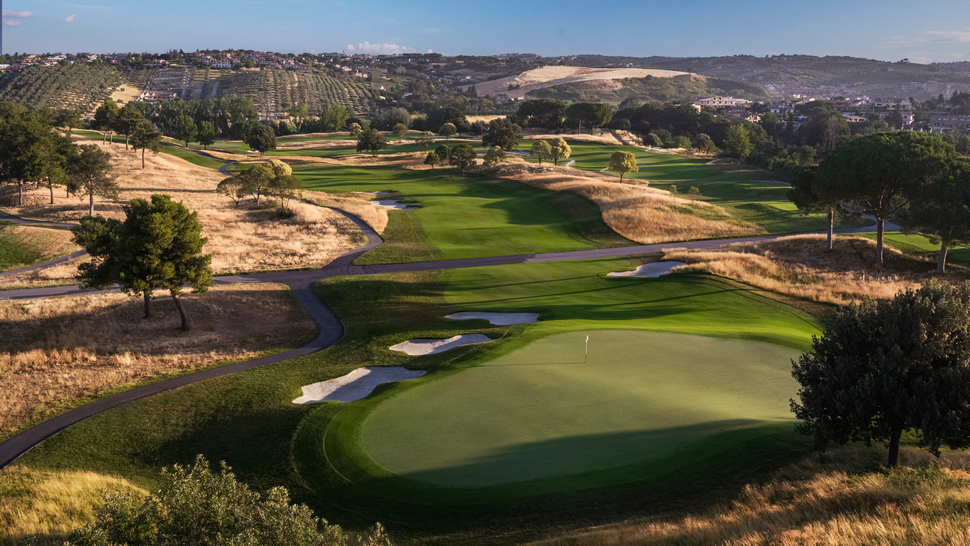
From the standpoint of sustainability given the growing concern with climate change -- can golf facilities survive if mandates are imposed requiring 50% cutback in water usage?
JS: Of course - but perhaps not with the same level of maintenance and uniformity of presentation as now. Golf course superintendents have long recognized the need to minimize the use of water on courses. The volumes of water used now are significantly less than that used, say, even twenty years ago.
Equally, the use of ground water, or city water, is decreasing rapidly, the shortfall being taken up by treated waste water. Indeed, in many parts of the world, it is mandatory for courses to use treated waste water.
DS: Yes - At Marco Simone, where we now have a longer golf course, not only have we installed a state-of-the-art irrigation system which gets water to only those areas which really need it, we have also changed the grass varieties so that much less water is now required.
Your astute prediction for this year's matches? Can the USA end its visitor losing streak since 1993?
JS: Europe wins 16-12.
DS: Yes, USA can definitely end their losing streak and both teams are stacked with talent, but I do feel that with nearly all the European players having played Marco Simone before in tournament conditions and knowing where to miss and where not to go, Europe will just pip it 15-13.

***
The Participants
Jeremy Slessor
Managing Director
European Golf Design
Has been involved in the golf course business since 1976. In that time, Slessor has worked throughout Europe, the United States, Middle East and Africa. Prior to graduating from Michigan State University, he spent several years working as a greenkeeper and deputy course manager in the UK. After graduating, he worked for the construction division of Robert Trent Jones Sr’s companies, and subsequently as a Design Associate and Senior Projects Coordinator. Based predominantly in the US, he was also responsible for the company’s European operations.
Slessor joined European Golf Design in 1994, becoming Managing Director two years later. In addition to overseeing the day-to-day operation of the company, his specific responsibilities include meeting with potential and existing clients, assisting in the initial analysis of projects and then overseeing the company’s services for each of its projects.
Given the wide geographic range of the company’s business and the equally wide range of clients for whom the company is working, he is acutely aware of current trends as they relate to golf resort development, together with the technical, financial and practical issues that result.
The Slessor Story
I started playing golf in my early teens. The following year, I needed a summer job and got hired at a local course as a seasonal greenkeeper. From that experience, my interest in golf course maintenance, and design, grew as fast as my love for playing the game. When I finished high school, I started working full-time at the golf course.
Within a few years I realized that my career progression would be dictated by those above me moving on and I was arrogant and/or ambitious enough not to have the patience to wait for that to happen, so I applied and got accepted by Michigan State University to study there. While there, with every intention of returning to the UK to recommence my greenkeeping career, I had the great good fortune of meeting Robert Trent Jones Sr, who came to the university to give a lecture.
That meeting eventually led to me working for Mr Jones for nine years, both in the USA and in Europe. From there, I moved to European Golf Design almost thirty years ago. I am lucky to have had a career that has taken me to more places around the world than I could have imagined, and that I have a job I still love.
Dave Sampson
Designer
European Golf Design
At the end of 2002, Dave graduated from the Nelson Mandela Metropolitan University in Port Elizabeth, South Africa, with a Bachelor of Arts degrees in both Architecture and Building Arts.
In 2002, Dave was the successful winner of the Golf World Design-A-Hole Competition, which led to him joining European Golf Design as a Design Associate in late 2004.
In 2008, he was promoted to the position of Designer, and now is directly responsible for project designs, management, supervision and on-site construction inspections.
Sampson was the lead designer on the tournament course at Zavidovo PGA National Russia, a course which won the 2011 Best New design in Russia award, and was also a finalist in Golf Inc’s 2012 Best New Course in the World.
In 2013, he also completed and oversaw design and construction works on the redevelopment of the Evian Resort golf course, France, in preparation for The Evian Championship, the new 5th major on the LPGA tour. In association with the golf club & the LPGA, he is currently involved in advising & overseeing continual annual improvements.
In 2009, Sampson completed design works on the Safaa Golf Couse at the King Abdullah University of Science and Technology in Saudi Arabia. His other project in the region, Royal Greens Golf & Country Club at King Abdullah Economic City, has recently won awards for, ‘Best in Saudi Arabia’, ‘Best in Arabia’ & ‘Best International’ Leisure Development 2016-2017’ at the prestigious International Property Awards. The course opened for play in September 2017 and has played host to both the Saudi Invitational and Aramco Ladies events over the past 4 years.
He started design work on the 2023 Ryder Cup course at Marco Simone back in 2017. Construction works on this high profile and prestigious project commenced in late 2018, with the course opening for play in early 2021, ahead of the Italian Open in September later that year.
A Senior Member of the European Institute of Golf Course Architects, Sampson is presently working on design projects in the UK, Italy, Turkey, Portugal, and France.
The Sampson Story
I was introduced into the game by my father at the age of 9, and pretty much from that day I was sketching out golf holes and courses on the back of anything I could get my hands on. Golf, along with many other sports, was played all the way through high school, where I managed to get the handicap down into the low single digits.
I guess I was of those fortunate few who knew from very early on what career path I wanted to follow, and that has always been to design golf courses. I chose my high school subjects accordingly, was set to study landscape architecture at the University of Pretoria, until along came a cricket scholarship from the University in Port Elizabeth, leading to a slight diversion into the field of Building Architecture.
In 2002, while completing my final year thesis (which was a Golf Academy building), my grandfather fell seriously ill, and I headed over to the UK to say my goodbyes. On my return back to South Africa, my ex-roommate from university, who was now living in the UK and knew I always wanted to get into golf, handed me the Golf World magazine with the 'Design-a-hole' competition in it. While at Heathrow waiting for the flight, I sketched out six options, posted them off, and the rest is history.
Winning the competition never got me a job, but it definitely got me a foot in the European Golf Design door. In 2003 I headed back to the UK and took a six-month job as the cricket analyst for Surrey County Cricket Club. Not only did this job give me the opportunity to travel around the UK a bit, but it also gave me time to learn more about golf course architecture (reading books between deliveries) and also the time visiting EGD, carrying out various design exercises they set me, and, whenever possible, joining them on site visits.
In late 2004, EGD offered me a role as Design Associate, and I have been here ever since.



